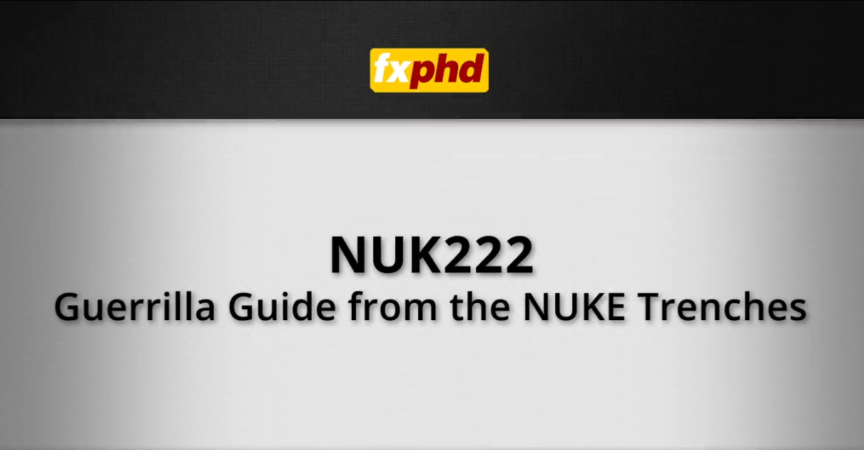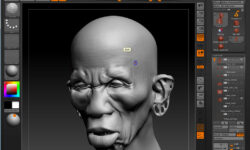NUK222 – Guerrilla Guide from the Nuke Trenches
Release date:2020
Author:Eric Deinzer
Skill level:Beginner
Language:English
Exercise files:Yes
Over the years at fxphd, we’ve had a lot of great courses covering NUKE from a variety of perspectives. This term, we’re going back to our roots with a course covering techniques that solve problems compositors run into every day on the job. One of the great things about working with a group of artists is the ability to exchange cool tricks and techniques..it seems as though there’s always something to learn from your fellow artists. This course is in that spirt, sharing production-proven tips from the trenches that can help make your life as an artist easier.
The plan is to focus on core tasks; the bread and butter work of a vfx compositor. Over the course, prof Eric Deinzer will look at a variety of tasks, from difficult rig and wire removal, to comparing keying techniques between film and digital, to new relighting techniques, to retiming challenges, and more. And what about that client or director who *always* wants to review scenes frame by frame and zoomed in? Deinzer will be keeping that possibility in mind for the course, making sure that many of the techniques used can taken to that pixel by pixel examination level.





 Channel
Channel





